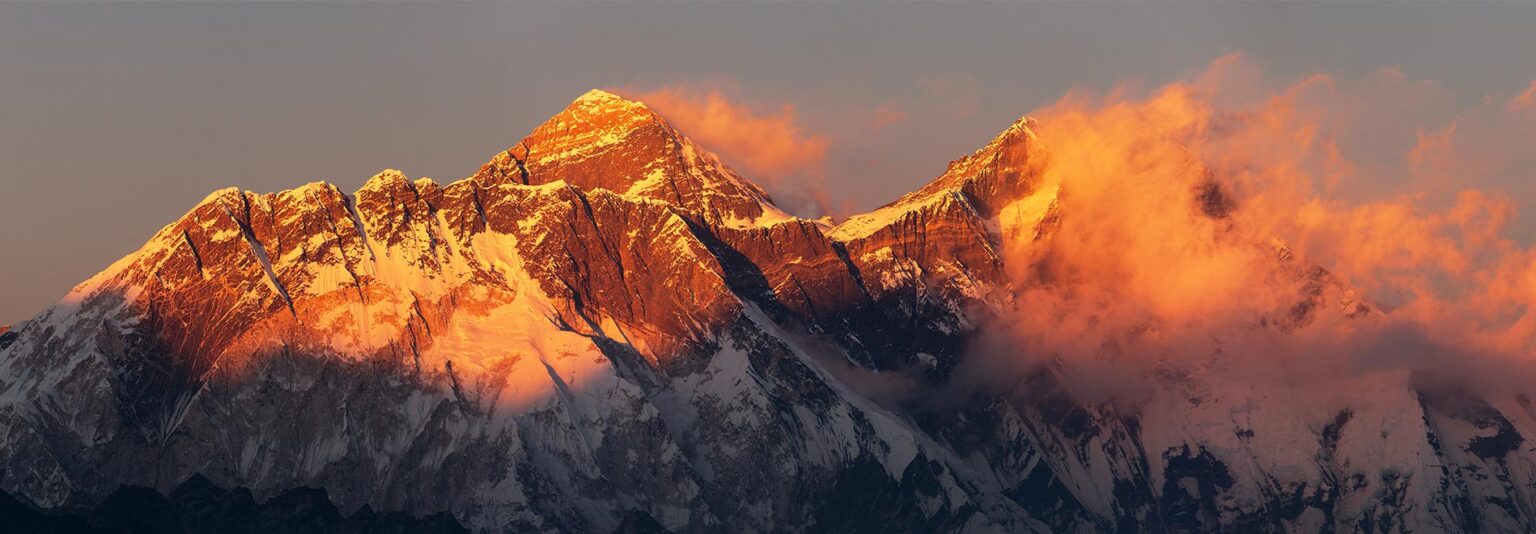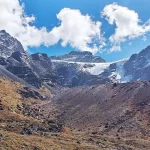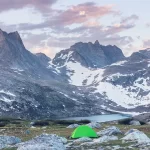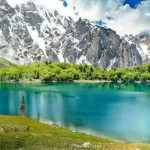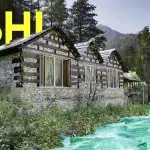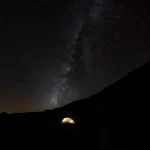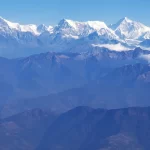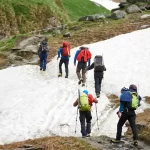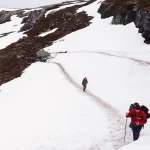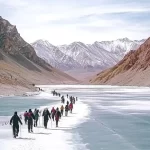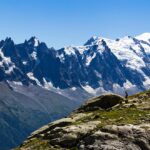Conquer the Peak of Adventure: Embark on Toughest Treks in India
Trekking isn’t just an adventure; it’s a soul stirring experience that leaves you invigorated and empowered. Surrounded by snow-capped peaks and conquering the most difficult treks in the Himalayas unleashes a confidence unlike any other. But beware, these paths are meant for the intrepid explorer, demanding experience, courage, and unwavering determination.
Prepare For The Most Difficult Trek in India
Before embarking on these challenging treks, hone your skills on easier trails. Regular exercise builds endurance, while breathing exercises like pranayama strengthen your lungs for high altitudes. Consider hiring experienced guides, especially for high-altitude expeditions. Pack light and efficiently, prioritising essential gear like sturdy trekking shoes and appropriate clothing for changeable weather. Remember, responsible trekking goes hand in hand with environmental awareness. Pack reusable alternatives and “leave no trace” to preserve the pristine beauty of these regions.
As these treks are of longer duration, pack a little extra ration. Take a reusable alternative of all the essentials; this way, you don’t have to carry many and also don’t litter the space by producing trash.

The Toughest Trek in India for the Ultimate Adventure
If you’re looking for the toughest trek in India, these challenging trails will push your strength, patience, and love for adventure. Each trek comes with stunning views and a thrilling experience you’ll never forget.
1. Chadar Trek Frozen River, Ladakh
Embark on an unforgettable journey over the frozen Zanskar River, starting from Chilling village. This one-way trek culminates at Tilad Do, offering a unique experience on an icy path. Remember, reaching the base camp requires a flight.
Altitude: 11,100ft
Duration: 9 days
Best time to visit: January- Mid February
2. Stok Kangri Trek, Ladakh, J&K
Experience the ever changing landscapes of this popular trek, dotted with numerous ridges. Witness the panoramic beauty of the Indus Valley and Zanskar from the summit, a reward for your strenuous climb.
Altitude: 20,180ft
Duration: 8 days
Best time to visit: July-Mid September

3. Pin Parvati, Himachal Pradesh
Conquer the frozen heights of the Pin Parvati Pass, accessible for most of the year. Traverse various passes on this trail starting from Kalga and ending in Mud. While guesthouses offer comfort, camping allows you to truly immerse yourself in nature’s embrace.
Altitude: 17,500ft
Duration: 11 days
Best time to visit: July-August
4. Goechala Trek, Sikkim
Witness the majestic Kanchenjunga on this circular trek, offering breathtaking views. Don’t miss the awe-inspiring panorama of sixteen peaks from Dzongri top. A true test of your endurance, rewarding you with unforgettable sights.
Altitude: 15,100ft
Duration: 11 days
Best time to visit: April-May, September-November
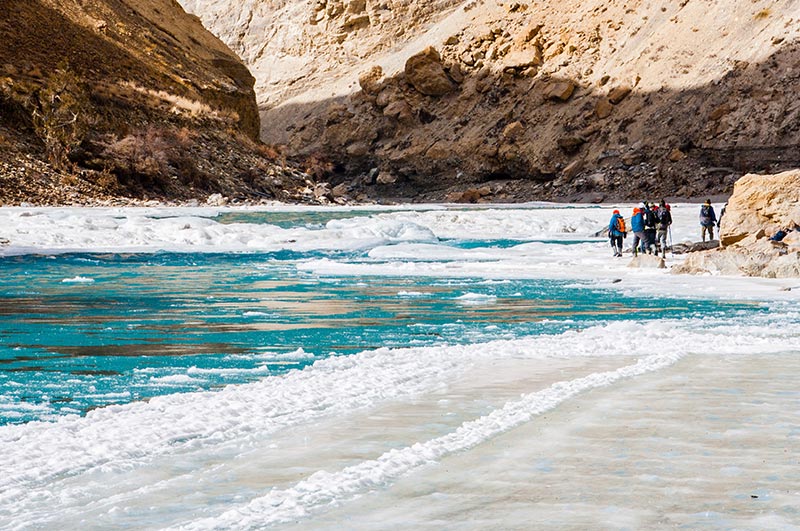
5. Everest Base Camp, Nepal
The scenic splendor of this trek surpasses mere words. Encounter friendly locals and witness blooming rhododendrons in April, melting your fatigue and motivating you towards the Base Camp.
Altitude: 18,192ft
Duration: 14 days
Best time to visit: March-May, September-November
6. Nun peak expedition, Leh, Ladakh
Not for the faint of heart, this expedition demands both physical and mental strength. Test your limits and be rewarded with a lifetime memory breathtaking views that compensate for the challenging journey.
Altitude: 7,135m
Duration: 21 days
Best time to visit: July-Mid August
7. Yunam Peak, Himachal Pradesh
For serious and ambitious climbers, Yunam Peak beckons. This isolated cousin of Stok Kangri offers a circular trail starting and ending in Bharatpur, testing your skills and offering stunning vistas.
Altitude: 20,100ft
Duration: 8 days
Best time to visit: June-October
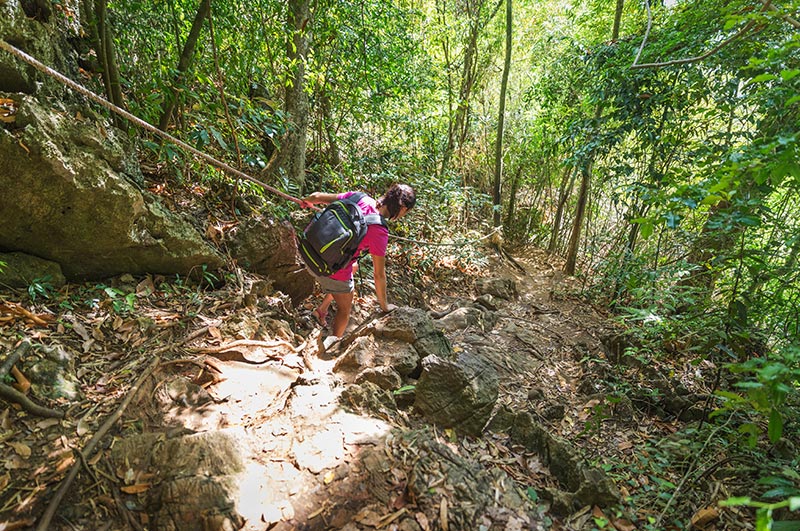
8. Rupin Pass, Uttarakhand
Waterfalls, snow bridges, a hanging village, and lush forests surprise you on this diverse trek. Traverse varied terrains, from rocky paths to snowy slopes and riverside trails, creating an unforgettable adventure.
Altitude: 15,250ft
Duration: 8 days
Best time to visit: May, June, August-October
Tackling the Toughest Trek in India: Final Tips for a Safe Adventure
- Choose treks that match your fitness level and experience.
- Consider guided groups or local guides for challenging treks.
- Pack nutritious snacks and plenty of water for sustained energy.
- Dress in layers for changing weather conditions.
- Respect local customs and traditions.

